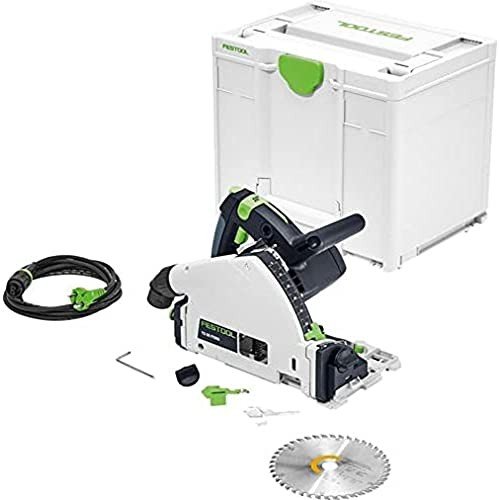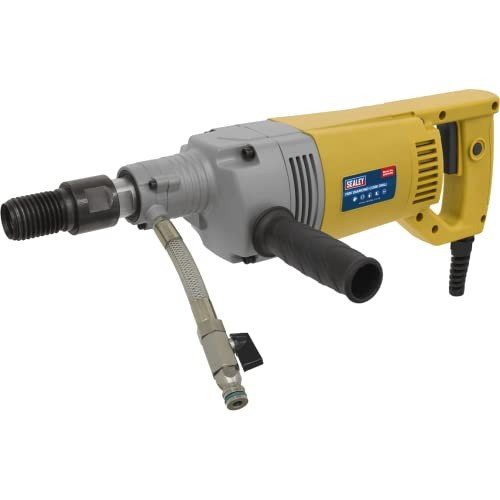
Power Tools Online
Add a review FollowOverview
-
Founded Date April 19, 1907
-
Sectors Security Guard
-
Posted Jobs 0
-
Viewed 28
Company Description
10 Myths Your Boss Has Concerning Shop Power Tools
The Workhorse of the Shop Power Tools
Power tools are hand-held and powered by internal combustion, electricity or compressed air. They are employed for cutting, drilling or sanding the material.
One of the most important power tools every woodworker should have is a table saw which can take care of nearly any cutting task. Consider a miter-saw stand and a drill/driver combo.
Table Saw
Table saws are one of the most versatile tools in the shop. It can rip stock cross-cutting it, miter it, and even dado or rabbet it. It can also cut angles for chests, frames and planters.
The circular blade of the saw is huge and rotates at high speed. The saw has large tables that support the stock while it moves through the blade. The saw blade is protected by blade guards that prevent the wood from being caught and possibly being kicked back at the operator. The saw is also protected by a riving knife or splitter which is a vertical projection that is located just behind the blade. It can be in the form of a fin or pin.
Contractor-style tablesaws are equipped with a larger motor, that is hinged off the rear and drives the blade by using two or three rubber V-belts. These saws are generally used by tradesmen and carpenters however they are available in home stores as well. They are more advanced than portable saws, for instance a sliding miter table.
Table saws that are smaller have an easier motor, which is usually belt-driven. They are less feature-packed and are more geared towards hobbyists and home use. Many have an adjustable mitertable that allows users to make intricate cuts, like those needed for picture and mirror frames, as well as boxes drawers, cases, and frames.
It is important to use the tablesaw in a safe manner to avoid injury. Always stand to the left of the blade when performing rip cuts and keep your hands clear of the edge of the saw. It is important to use a push stick or guide block when cutting, particularly in work environments where HSE standards require that you stay at least one hand’s distance from the blade.
Many woodworking projects require tapered legs, and the easiest and most efficient method to cut them is with a table saw and a simple tapering jig that you can build at home. A tapering jig is adjustable for any angle between zero and fifteen degrees. This allows you to cut any tapered legs in your workshop.
Bandsaw
A bandsaw is a great tool to cut various shapes from wood and metal, making it a vital tool for custom fabrication. It’s also a useful tool for woodworking projects, such as furniture and cabinetry. The saw can be used to create curved cuts including circles, and can cut through various kinds of materials, including ice.
There are two kinds of bandsaws: horizontal and horizontal. Vertical bandsaws are excellent in cutting curves, resawing and freehand cutting. Horizontal bandsaws make better straight and angled cut. The saw can either be operated manually or with a powered feed system. Manual bandsaws require that the user manually lower and raise the blade each time they cut. Power fed systems are more efficient.
Safety is the most important factor when working with bandsaws. Wear protective equipment, such as safety glasses or ear protection to shield yourself from dust and noise. To prevent accidents and injuries ensure that your feet and hands clear of the blade. It’s also important to set up the saw for safe operation. Ensure that the blade is secured and aligned correctly and that the guides are adjusted.
Depending on the type of material you’re cutting, you may need to adjust the feed rate and saw speed to get the most efficient results. Regular maintenance which includes adjustments to blade tracking and tension, will ensure that your bandsaw produces accurate and clean cuts and prolongs the life of its.
The blade of a bandsaw is likely to be made of heat-treated stainless steel in order to resist wear and tear that comes from frequent use. The teeth are also welded to the saw which gives it a unique shape and preventing them from getting removed or damaged by a sudden shock.
The throat depth of bandsaws determines the length of the piece of lumber it can cut. The larger throat depths permit you to cut larger pieces of lumber and are also useful for resawing and cutting, both of which are methods that require cutting across the grain. Some bandsaws have tilting tables that can be used to create angles and to reuse scrap wood.
Dust Collector
Woodworking tools generate lots of chips and dust that must be collected to protect your health, the shop’s cleanliness, as well as the life span of your equipment. The kind of collector you need depends on the number and size of power tools you use in your woodshop as in the frequency of their use. The best woodworking dust collectors provide exceptional filtering that removes fine particles from the air and allow you to breathe cleaner, healthier and more comfortable as you work.
Nederman provides dust collection systems to meet your needs regardless of whether you’re a small-scale shop or a huge production woodworking facility. Our woodworking dust management, waste management and combustible-dust solutions combine environmental protection with increases in machine productivity.
There are many types of woodshop dust collection systems on the market, including:
A basic dust extractor could replace your shop vacuum. The units are connected to your power tool with an hose that connects to the dust port. The hose is activated when you turn on the tool, and it draws dust and debris out of your workspace.
 Depending on the brand you select, the majority of dust extractors have HEPA filters that effectively eliminate the fine dust particles that could cause respiratory issues over time. They also have a higher CFM airflow (cubic feet per minutes) to move more air. They could also have an airspeed gauge or system that automatically cleans the filter.
Depending on the brand you select, the majority of dust extractors have HEPA filters that effectively eliminate the fine dust particles that could cause respiratory issues over time. They also have a higher CFM airflow (cubic feet per minutes) to move more air. They could also have an airspeed gauge or system that automatically cleans the filter.
 If you have a large shop or wish to utilize your woodworking equipment in the field using a portable dust collector equipped with a rechargeable power source and an adapter plug-in that connects directly to the power tool is a good alternative. These units are easy to transport and have the capacity to handle multiple cheap tools uk (www.powertoolsonline.uk) at the same time. They are usually compact with a caster base and include a collection bag or reusable filter for simple emptying.
If you have a large shop or wish to utilize your woodworking equipment in the field using a portable dust collector equipped with a rechargeable power source and an adapter plug-in that connects directly to the power tool is a good alternative. These units are easy to transport and have the capacity to handle multiple cheap tools uk (www.powertoolsonline.uk) at the same time. They are usually compact with a caster base and include a collection bag or reusable filter for simple emptying.
If you’re a skilled woodworker, or a contractor, you might require an even more robust dust collection system. These units are more expensive than an extractor, but offer a wider selection of filtration. They can also be hung on the wall or even in their own room. These units can be used to clean up drywall, sanding and other demolition projects, aswell being used for woodworking.
Planer
The planer is a powerful tool that should be in every woodshop ever be without. It might not be the sexiest or most flashy but it makes one of the biggest differences to your ability to turn rough lumber into beautiful and useful projects. It can be used to cut boards down to a specific thickness and it works on both softwoods and hardwoods. It is also extremely useful to tackle unwieldy, knotty or bent stock that is difficult to work with hand tools.
A good quality portable planer is worth the admission fee to any woodworking shop. It is possible to locate a planer for sale at a reasonable price, but pay attention to the condition of the planer and the infeed and outfeed table. These items will determine the quality of your planer’s perform and whether or not it will last for a long time before you need to replace parts. If the cutter head isn’t of high-quality, it will soon wear out and you might need to replace it in the shortest amount of time.
The planer and the jointer are not the same machine. The jointer creates a board straight and flat, while the plane cuts it to a certain thickness. Some woodworkers may even use the two machines in tandem to complete a project, but both are essential for any workshop that handles rough lumber on a regular basis.
If you’re looking to do woodworking at a professional level and you are looking for an efficient piece of equipment, then a commercial grade planer may be worth the investment. These machines are designed to be used in situations where speed of production is more important than surface finish. These machines will help you save time but you will need to be very careful not to overload them as they could burn out. To ensure that they are functioning correctly, you’ll be required to maintain them properly. A regular maintenance program for your shop can go a long way towards prolonging the life of your planer.